Imagine a bug resembling a leaf so perfectly that it practically brings illusion into existence. The leaf bug, belonging to the order Phasmida and also often referred to as a phasmid, presents a phenomenally spellbinding visual trick. Mainly found in Australia and Southeast Asia, it is a true master of camouflage in the animal world.
Distinguishing Features of the Leaf Bug
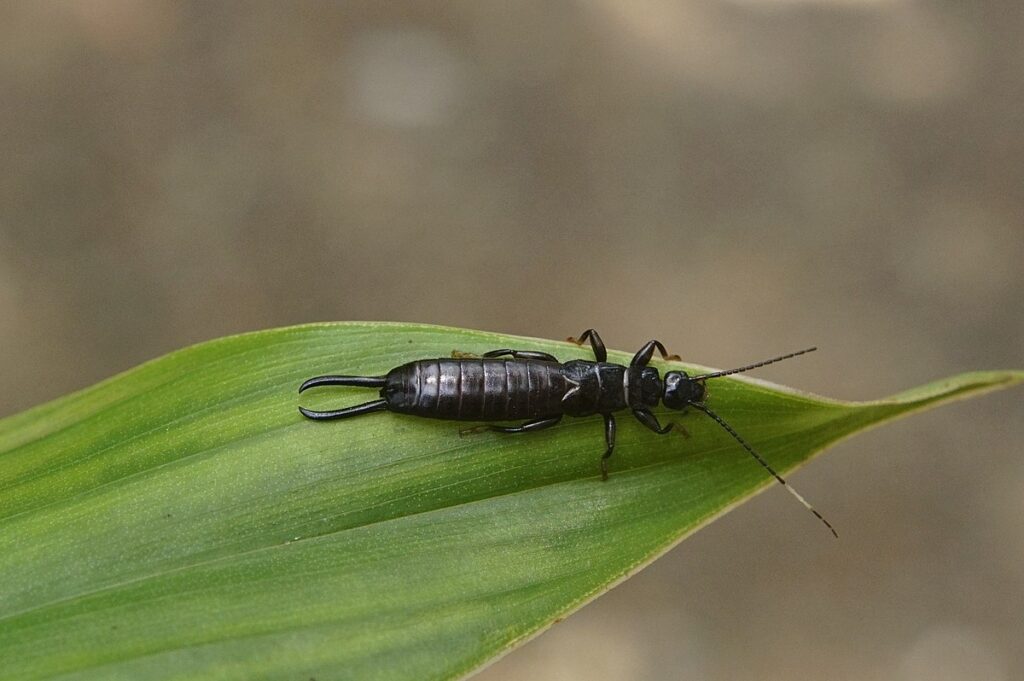
Aside from its leaf-like camouflage, the leaf bug carries an intriguingly eccentric look. Akin to a creature from a fantasy novel, its fashion can be called anything but earthly. With over 35 different species recorded, leaf bugs have survived millions of years, their presence documented in various fossils.
Relation to the Walking Stick Bug
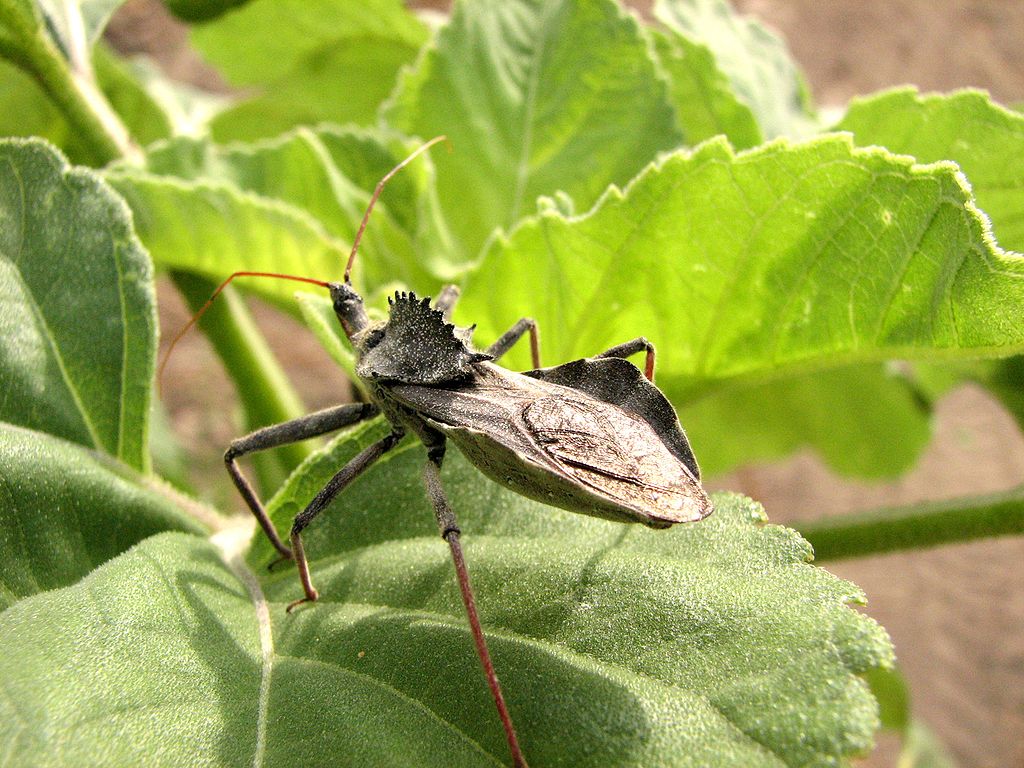
Interesting to note is its close relation with another oddball – the walking stick bug. This shared family history becomes especially noticeable when observing the leaf bug from the side.
Domesticated Life of the Leaf Bug
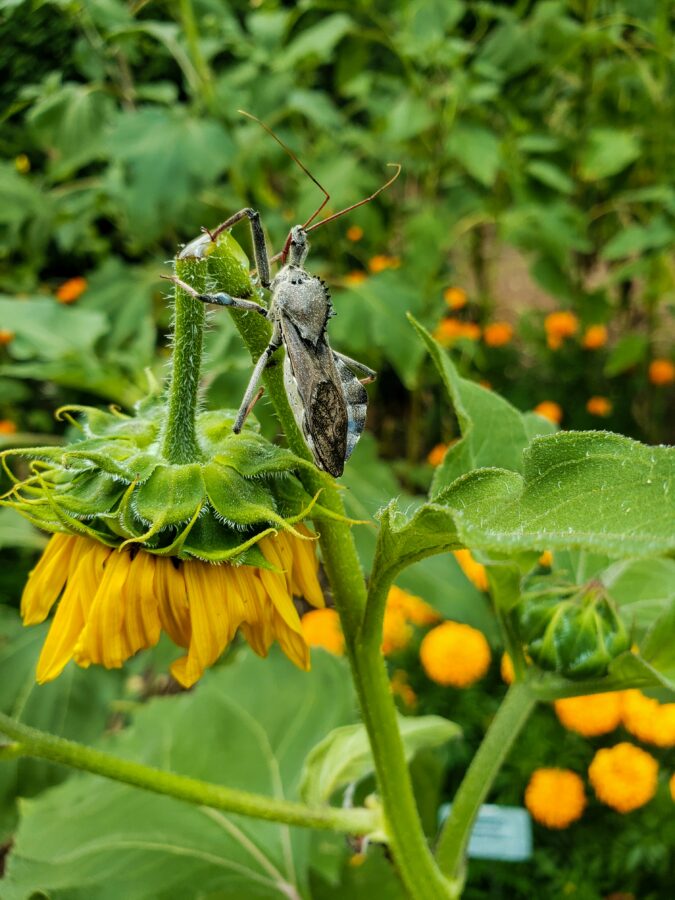
When it comes to keeping a leaf bug as a pet, the scenario tends to be relatively stress-free, provided that a good supply of leaves is readily available.
A Diet Overview
- The eucalyptus leaf or the raspberry or blackberry leaves are generally well-received by leaf bugs.
- They also seem to have a fondness for the not-so-fully-grown members of the bug family.
- The diet of pet leaf bugs primarily includes plant life and they obtain their hydration from it.
However, a daily misting routine is essential to maintain their optimum health.
Caring for Leaf Bugs
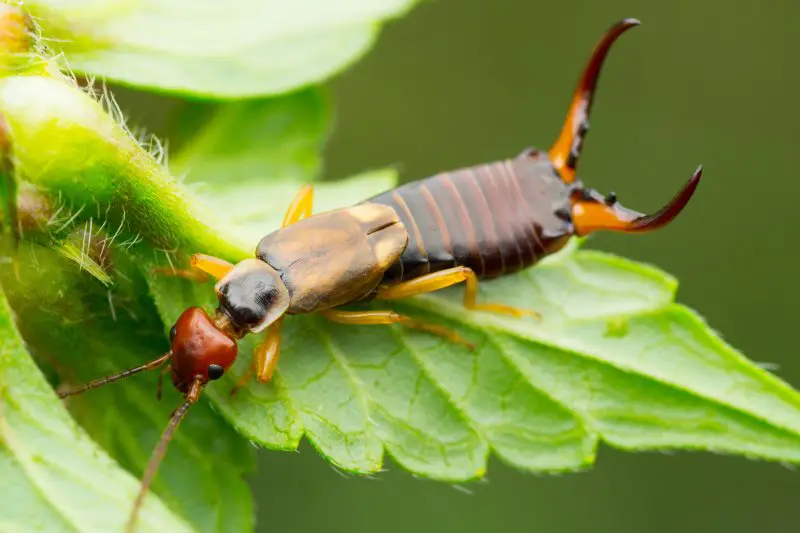
The preferred containment for a leaf bug is a small aquarium, provided it is not too small to avoid potential drowning risk due to accumulating condensation. Misting the leaves not only hydrates the bugs but can also help and indeed entice reluctant eaters.
Special Care for eggs
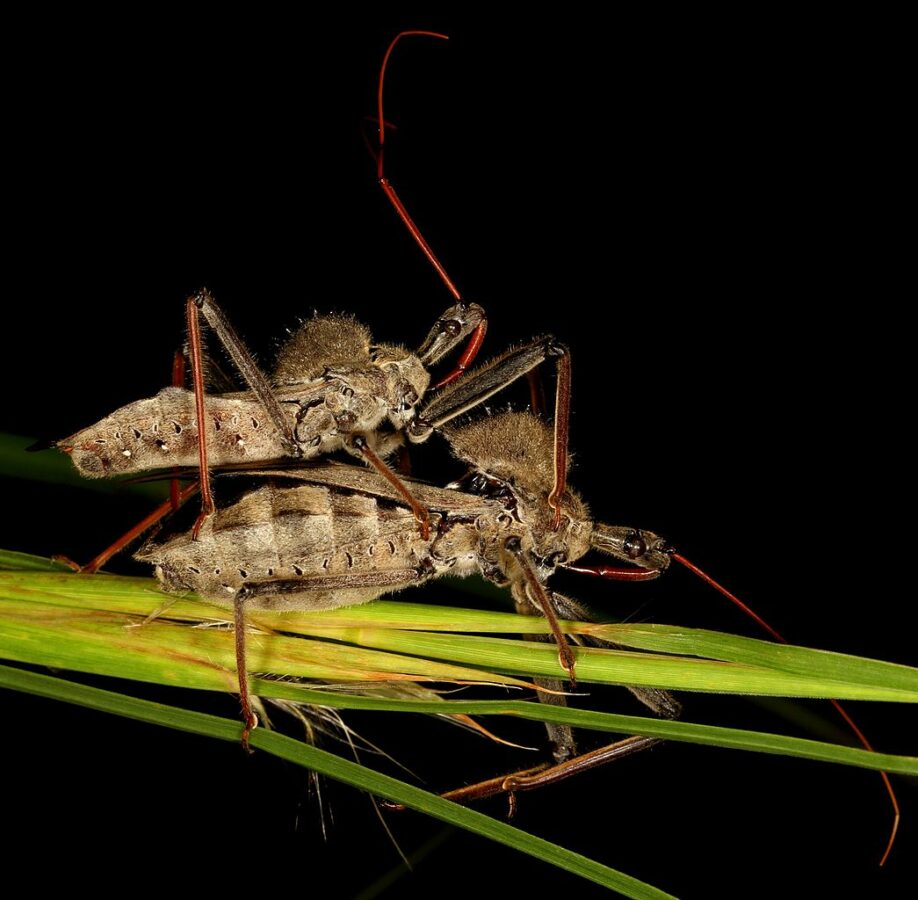
Propagating your leaf bug family requires keeping the laid eggs warm and daily misting for approximately six months.
Leaf Bugs – A Subtle Balance between Strength and Fragility
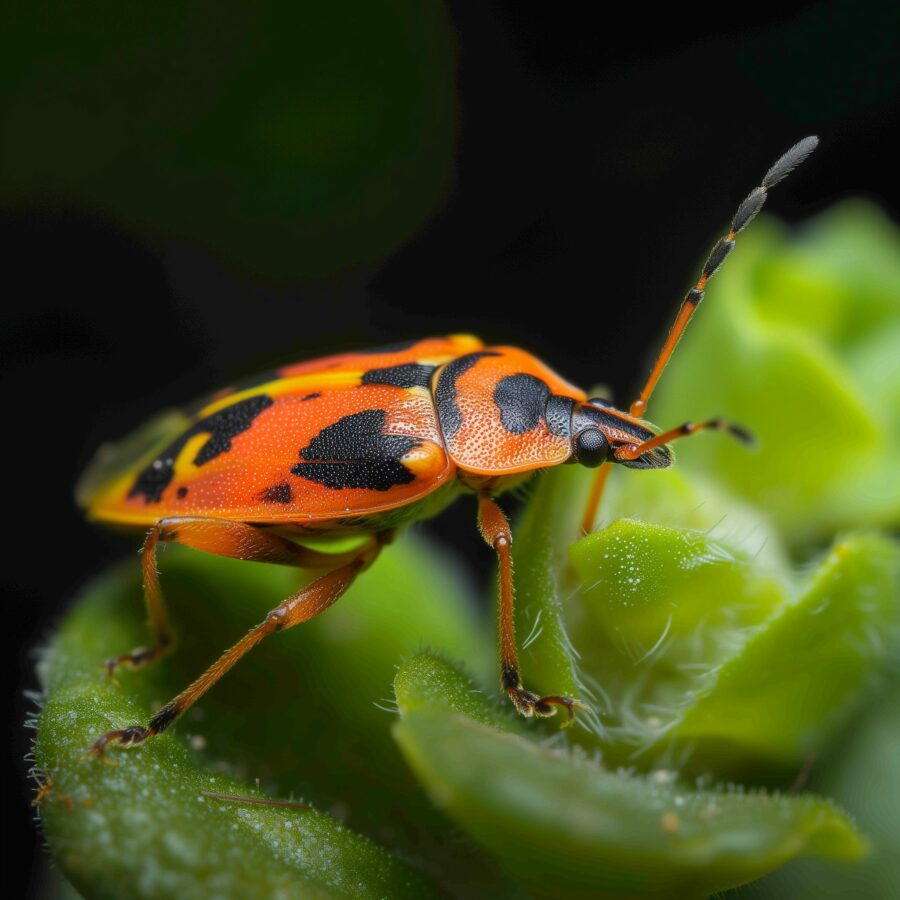
As fascinatingly deceptive as leaf bugs are, they boast an astonishing defense mechanism ‒ they can lose a limb if threatened. This loss can be temporary if the leaf bug is yet to reach maturity, as regrowth occurs with the next molt. However, once adulthood is attained, any loss becomes permanent.
Interaction with other Bugs
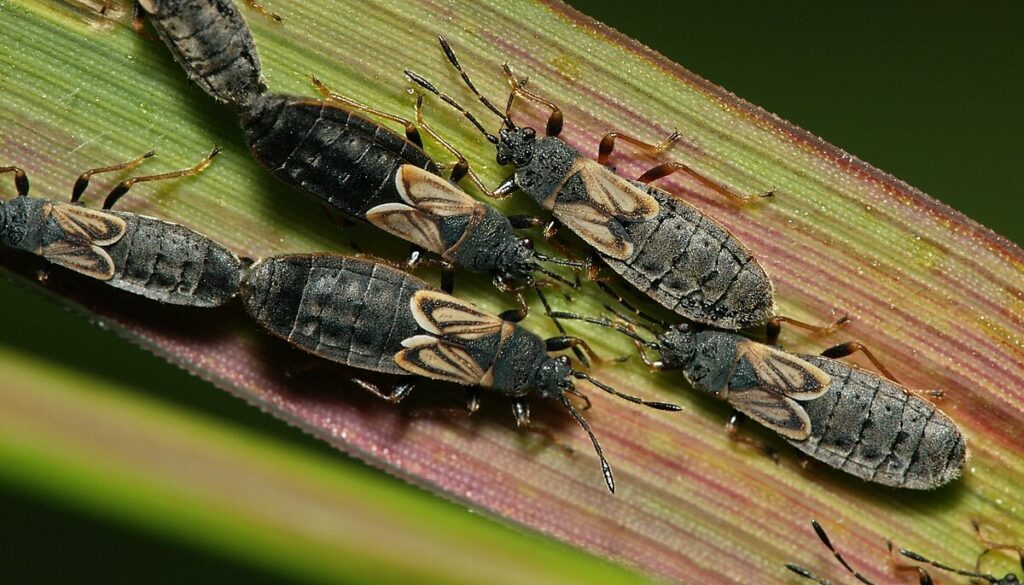
Though inherently non-cannibalistic, owing to their near-perfect disguise, leaf bugs have mistakenly nibbled on each other on rare occasions. One of their main predators is spiders. So, any bug collection thinking of including these leaf-like marvels should exclude spiders.
Given their extraordinary imitation of leaves, leaf bugs certainly present an interesting case study for enthusiasts or pet-owners. Their exclusivity, coupled with a careful caregiver, ensures that these camouflage masters can provide genuine fascination for years.